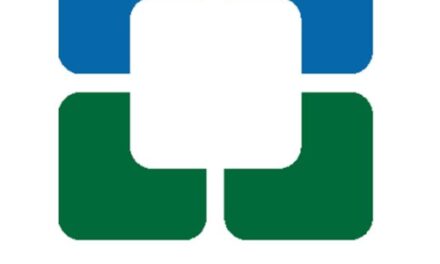A patient-centered medical home (PCMH) is ideal for caring for patients with complicated care needs. A healthcare team works with the patient, and team members communicate with each other about the patient’s care. Medical homes can lead to higher quality care and lower costs, and they can improve both patients’ and providers’ experience of care.
What is a practice’s place in a PCMH? Smack in the center, with the patient.
In a PCMH, it’s the patient’s primary care physician who leads the team. Other medical home members include nurses, specialty physicians, pharmacists, nutritionists, care coordinators and others, depending on the needs of the patient. Care is still coordinated through the primary care doctor’s office, and an effective EHR system is needed so all members of the care team can send and receive information such as test results and medical images.
There are costs associated with becoming a PCMH, of course. They depend on the size of the practice, the patient population served, available practice support services, and costs associated with earning PCMH designation. The National Center for Quality Assurance (NCQA) offers PCMH recognition for primary care practices that transform themselves into medical homes. NCQA recognition goes to clinician practices that function as medical homes using systematic, patient-centered, coordinated care-management processes.
Insurers understand the advantages of PCMHs as well. Because these practices can keep patients out of the hospital by better managing their chronic conditions, they can lower the cost of care. Commercial insurers may sponsor PCMHs and provide an enhanced per-member, per-month payment to primary care physicians. Some pay a care management fee per patient.
According to the NCQA, the following 6 tenants drive the patient centered care model:
– Team-Based Care and Practice Structure
Goal: To define and structure how the practice and care team partners with patients, families and caregivers.
– Knowing and Managing Your Patients
Goal: To standardize data collection, medication reconciliation, and evidence-based clinical decision support.
– Patient-Centered Access and Continuity
Goal: To provide patients with convenient access to clinical advice and ensure continuity of care.
– Care Management and Support
Goal: To help clinicians set up care management protocols to identify patients who need more closely-managed care. Patient Activation Measurement (PAM) scoring is one tool that’s shown effective.
– Care Coordination and Care Transitions
Goal: To ensure that primary and specialty care clinicians effectively share information and manage patient referrals to minimize cost, confusion, and inappropriate care.
– Performance Measurement and Quality Improvements
Goal: To help practices develop ways to measure performance, set goals, and develop activities that will improve performance.
While there is no single PCMH model, and providing care for patients with multiple chronic conditions is never simple, pilot initiatives are in place across the country, and the medical home concept is catching on: NCQA reports there are more than 12,000 recognized PCMHs nationwide now, in every state, with more than 60,000 certified clinicians. Medicare and Medicaid medical homes are also developing all over the map, only a little more slowly.
The team approach to care could be what your office needs. When it works, it works for both the practice and some of the toughest cases to produce a happier staff and happier patients.
Find details about qualifying as a Patient Centered Medical Home at the NCQA website
For additional information, contact Michael Kesti at mkesti@practiceSuite.com or 305-323-2903.
http://www.ncqa.org/programs/recognition/practices/patient-centered-medical-home-pcmh/why-pcmh/overview-of-pcmh/ncqa-pcmh-recognition-concepts
Article contributed by
PracticeSuite Cloud EHR
About:
PracticeSuite is a healthcare technology platform for patient centered ambulatory care that allows limitless medical apps to connect with a physician’s core Practice Management System. Platform features include a Prior Authorization Desk, Medical Billing & Revenue Cycle Management System, Stage 3 Certified EHR, Patient Portal, Kiosk, and Online Patient Satisfaction management. Over 41,000 healthcare professionals reply on PracticeSuite to run the business and clinical aspects of their medical practice.


























